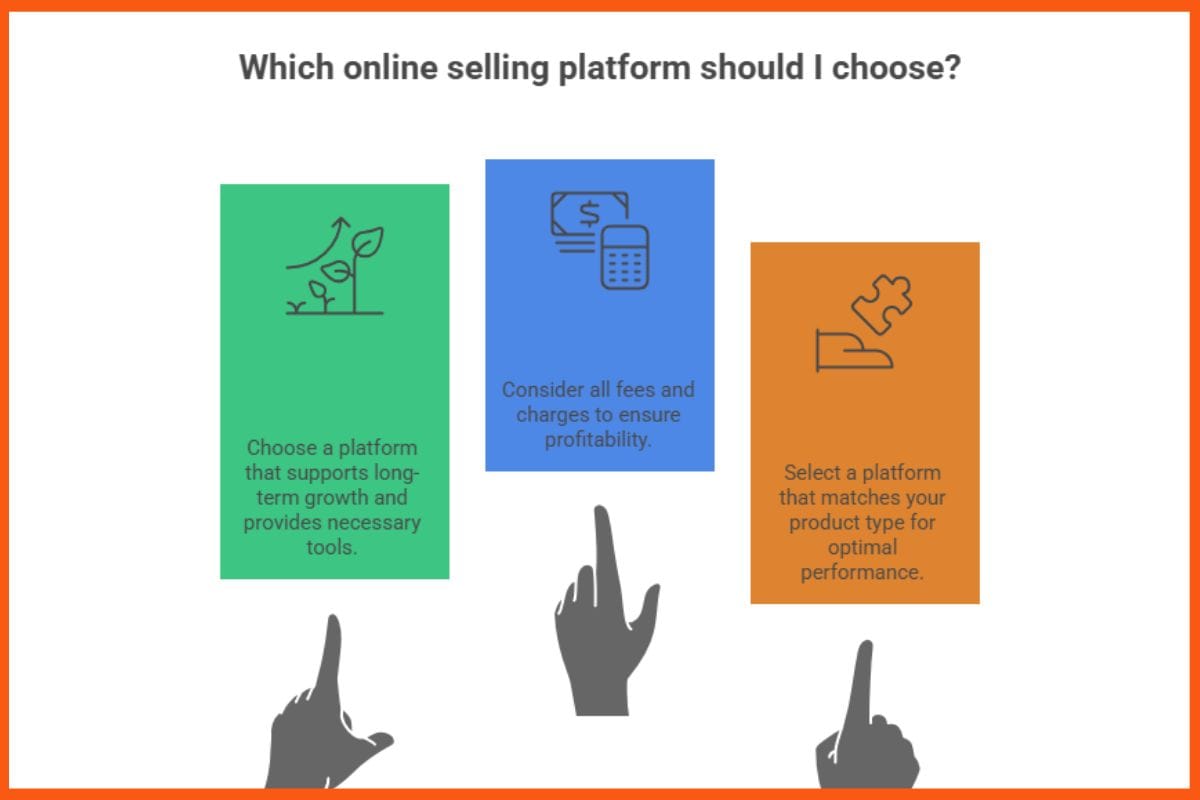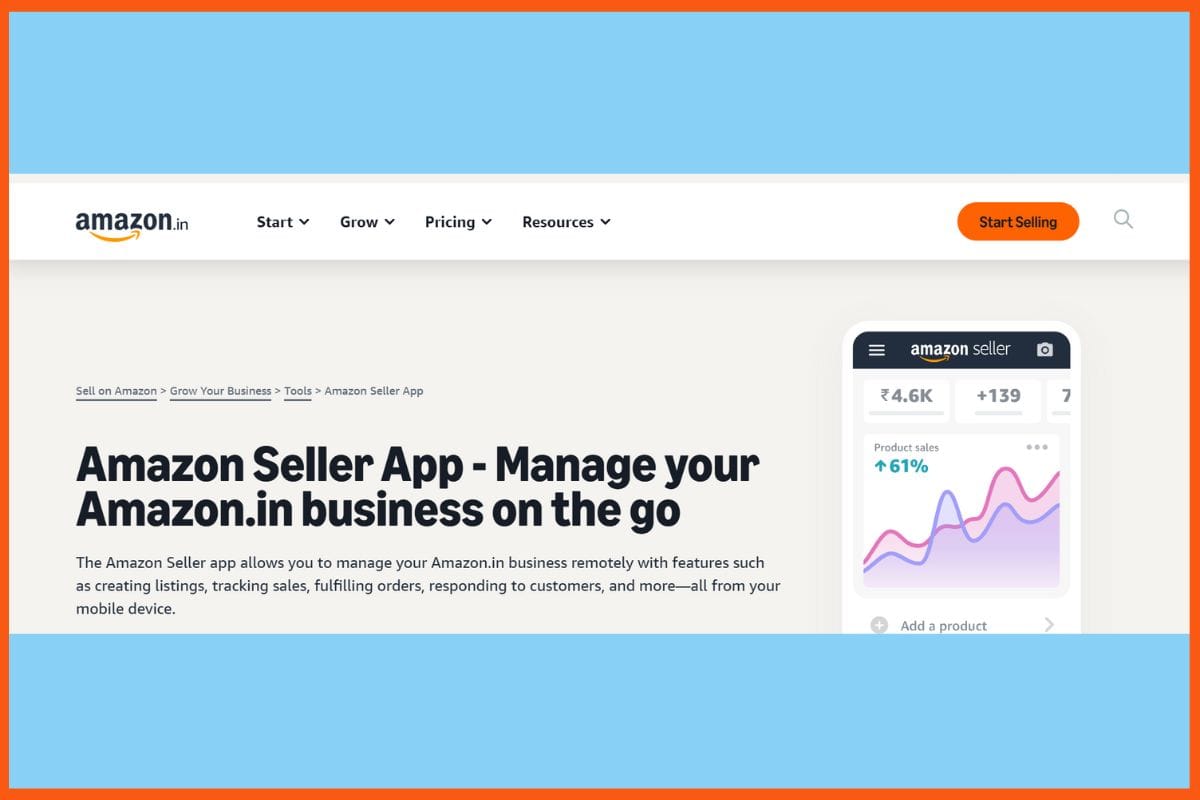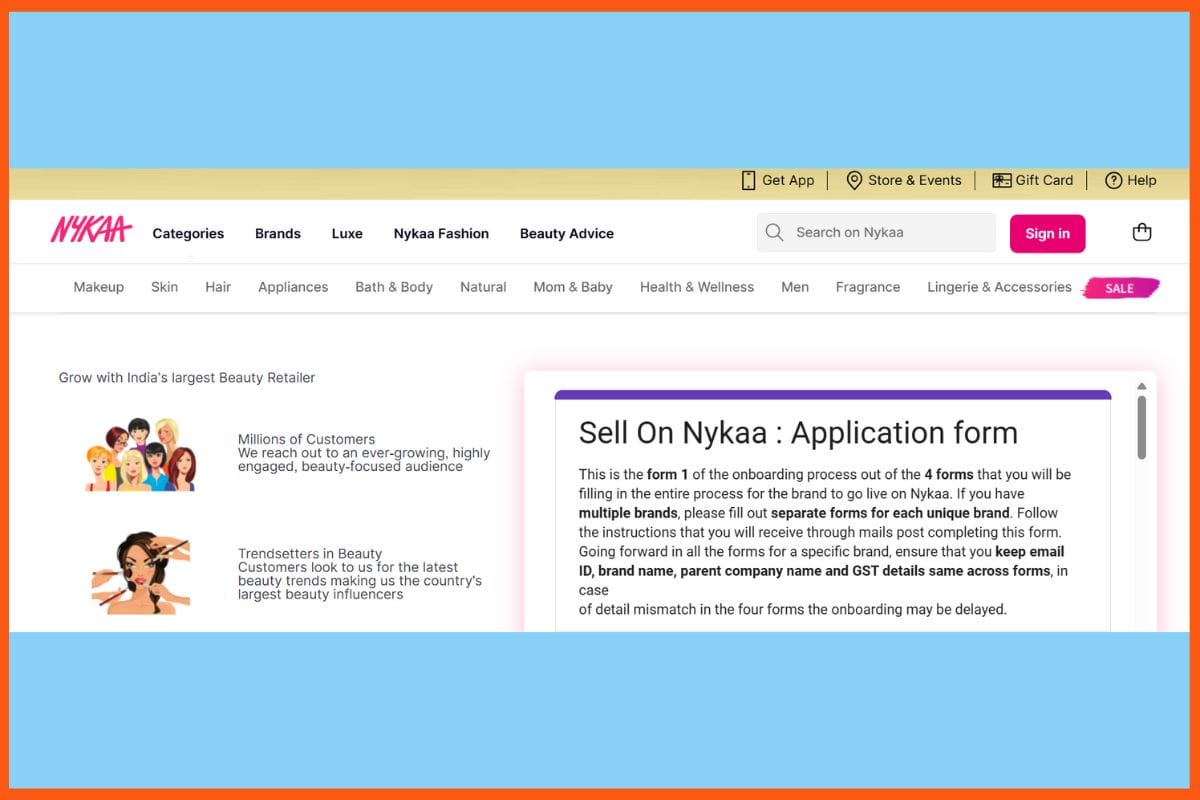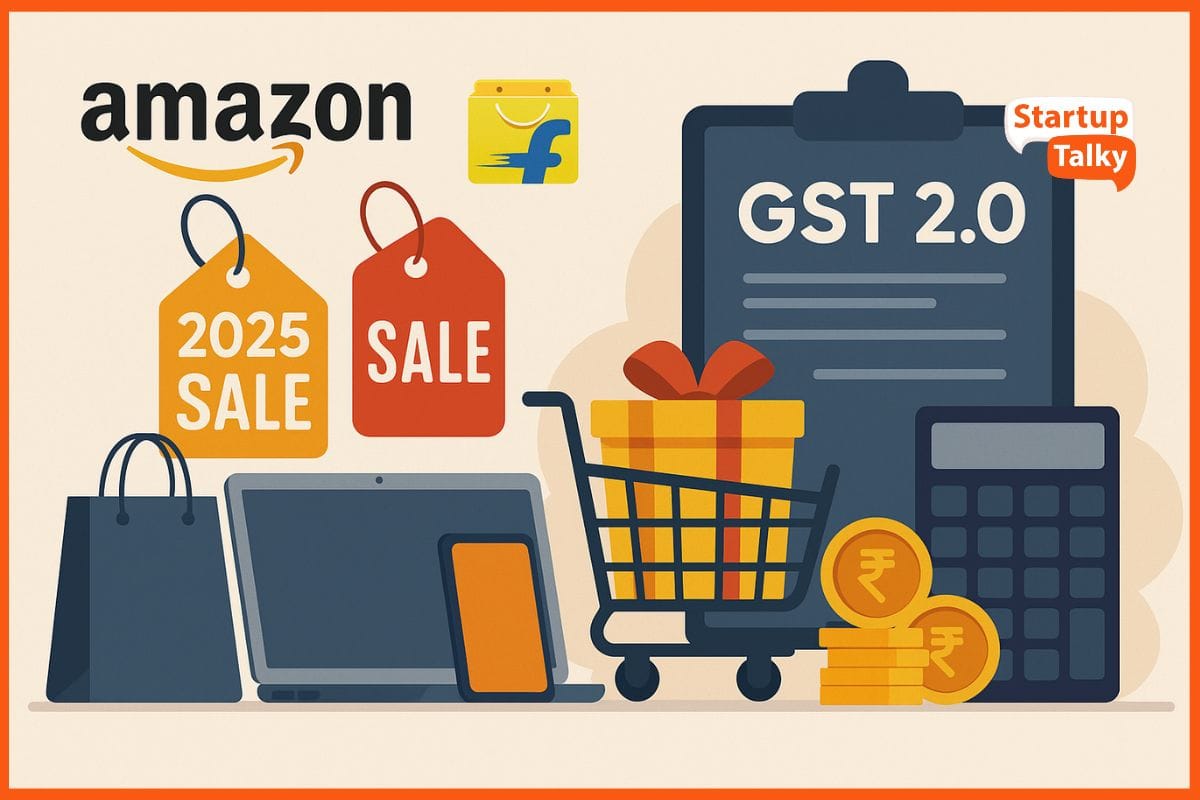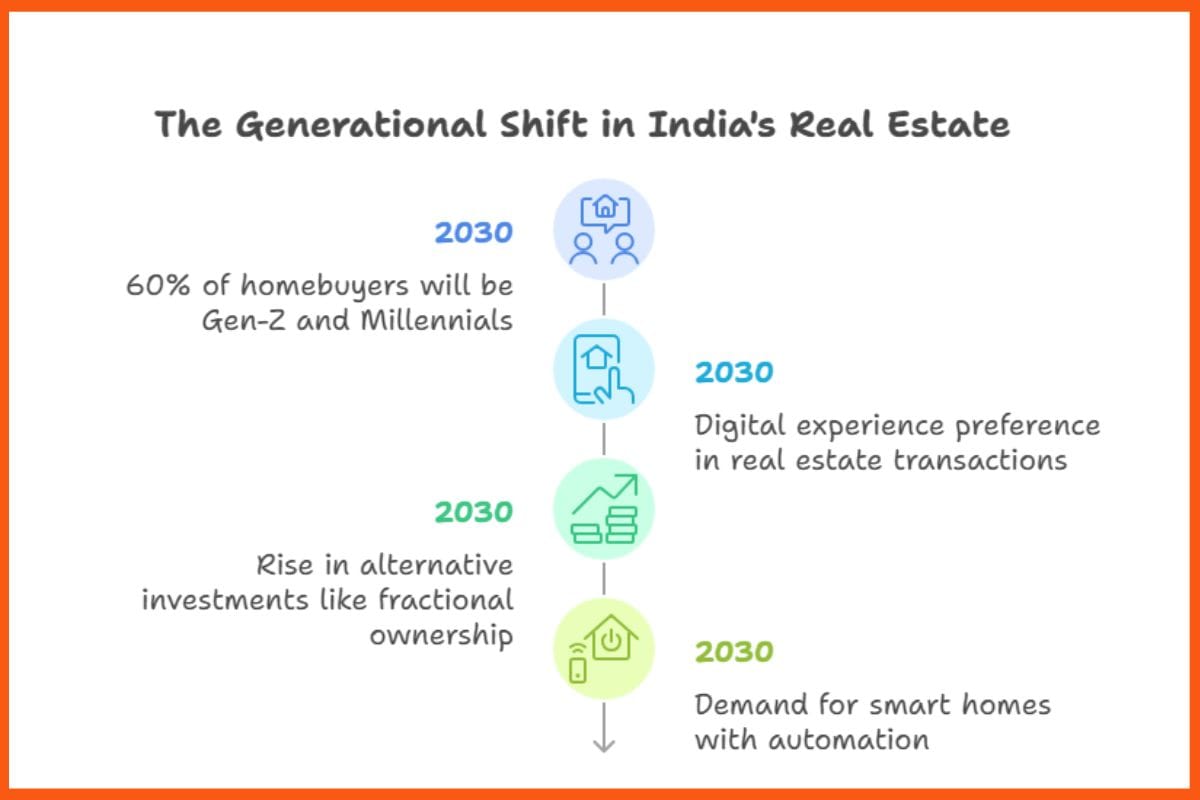There is a saying, that all work and no play make Jack a dull boy. This can’t be more true, I mean imagine, working all the time and being formal and strict for the sake of being in your office. Hard and frustrating, isn’t it? Festivals in our lives are a part that no one can ignore, even if they want to. This is the time when we got a chance to mingle together, make connections, and recreate those old bonds.
Corporate life is no different, festivals give you a chance here to connect with the team, that you work with daily and focus on keeping the interaction with the formal. Especially on Diwali, the festival of lights, this gives immense happiness, pleasure, and a chance to make bonds with your team.
The diversity of your team is not going to be a hindrance this Diwali if you’re willing to celebrate it. So if you are thinking about how to celebrate Diwali in the office, in this article, we’ve got some interesting ideas that’ll help you celebrate the festival of light with your team. Let’s get started.
Festivals promote diversity, bring neighbors into dialogue, increase creativity, offer opportunities for civic pride, they improve our general psychological well-being. In short, they make cities better places to live. -David Binder
Diwali Celebration Ideas in the Office
Diwali Celebration Ideas for Teams Working Remotely
Flower Decoration Ideas for Diwali Celebrations in the Office
Diwali Celebration Ideas in the Office
Your office can also be a place for you to have fun and bond with other co-workers once in a while, and what is better than doing that at the time of some festivals?
Celebrating festivals will bring your team together, help in creating employee engagement, and boost their confidence and energy to work more sincerely. Diwali is one of the most important festivals celebrated in India, so to build team engagement, some Diwali celebration ideas are stated below:
Diwali Puja
Organizing Diwali Puja is a positive way for teammates to come on the same page. Puja fills the people and surroundings with positivity and joy. Organizing the Puja could be an idea for the Diwali celebration in the office to instill a sense of unity among the employees.
Decorations of The Office

We are sure there is no Diwali without cleaning and proper beautiful decorations. One must make sure to bring all employees together so that they can help each other decorate the entire place with colorful Diyas, LED lights, paper lanterns, flowers, and all. Plus, who can forget the Rangoli, a must-have for the festival of lights! Also, another decoration idea is to set up a Diwali-themed photo booth, where all the employees can get their pictures clicked.
Top-class Fashion Game
If it is Diwali, then everyone has to be on their strong fashion game. All the employees can be decked up in traditional or ethnic wear. You can name it as a Diwali competition and the person with the best look can get a prize for that.
Henna Art
For Diwali at the office, you can make the celebration special by inviting employees to get pretty henna designs on their hands or feet. For the event, you can hire a professional henna artist who will create lovely patterns. If your team has many employees interested, it’s a good idea to bring in more than one artist so that everyone can enjoy without waiting too long.
To add to the festive mood, play some traditional Indian music while people are getting their designs.
Talent Shows
Everyone has a secret talent inside them. This is the time to ask your team members to reveal theirs and of course, the best ones will get some exciting prizes. Believe in democracy and to make the final decision, votes can be cast. Organizing a talent show is a fun activity that makes for one of the office’s most exciting Diwali celebration ideas.
Team Competition
Teamwork makes the dream work, of course, who can be the best person to know that apart from you? Every day, success in office work can be achieved, thanks to the team. This Diwali, it’s time for showcasing the hidden creativity inside you. Divide the teams and play some games that require two or more people, it can be a Rangoli competition or any other fun challenge. Such Diwali games in the office can be a good team-engaging idea with your employees.
Game Of Dumb Charades
If you are looking for an exciting Diwali celebration idea in the office, then this age-old guessing game can never disappoint you. If your team members are movie buffs, this game is literal heaven, and even if they are not, it’s a great game that can build strong connections and help you be in sync with your team.
Musical Chair with Rangoli
Start and stop games that have been played a lot in childhood can be given a Diwali touch. Each employee will be given a canvas to paint their rangoli; when the music starts, everyone moves and when the music stops, they begin painting the canvas they’re in front of! The outcome on every canvas will be fun. This can be a fun Diwali game in the office with your employees.
Organize Pataka Awards
This game is very entertaining. Keep chits in a bowl in which the names of different types of crackers will be written. One by one, the participants will come and pick a chit, and whatever name is written on that chit, is to be dedicated to one of their colleagues with a reason.
Best out of Waste Cubicle Decoration
In an era where businesses are increasingly embracing eco-friendliness, decorating cubicles with best-out-of-waste decorations has gained popularity. Utilizing recycled materials can not only beautify office workstations but also ignite the creative spirit among employees.
Diwali Treasure Hunt
An auspicious festival signifying prosperity and luck, Diwali is dedicated to Goddess Lakshmi, the goddess of wealth, and what better way to celebrate this festival than to organize a treasure hunt? A full-fledged, planned treasure hunt can be highly stimulating for the employees and is undoubtedly an exciting idea for the office Diwali party!
Theme Costume Parties
Costume parties can be very interesting. Select a theme for the party and ask your colleagues to dress up according to that theme. For example, everyone can dress up in their cultural attire. It can be interesting and challenging as well, as it challenges people to use their creative ideas to make their costumes stand out.
Gifts Exchange
There is hardly anyone, who doesn’t like gifts and festivals are the best time to exchange them amongst yourself. It is a great option to touch everyone’s heart and bonding with them. Handmade gifts can be special as well and hold a more intimate meaning. Assign a name to different members and ask them to gift them something.
Cooking Sweets
Sweets are a significant part of any kind of festival, be it cake for Christmas, Sevai for Eid, or Laddoos for Diwali. Nothing can beat the excitement of having sweets during the festival season. You can ask your team members to cook sweets as a challenge to make the Diwali office activities more fun.
Diwali Themed Photo Booth

Transform your office space into a vibrant Diwali-themed photo booth, where colleagues can celebrate with fun and flair. Adorned with traditional decor and bright-colored props it’s the perfect setup for capturing festive moments and creating a sense of togetherness among coworkers.
Music And Dance Competition
How be a festival can called a festival without music or dance? A bit of music can lighten the entire atmosphere and can make it fun and soothing as well. Dance competitions on Diwali can raise the bar of fun and help you and your team members make many nice memories. and it can be one of the best ideas to have Diwali competition ideas for office.
Eco-Friendly Diwali Workshop
The Eco-Friendly Diwali Workshop offers a unique way to celebrate sustainably. Participants create decorations like paper lanterns, recycled torans, bottle art, terrariums, and string art using eco-friendly materials. These creative Diwali activities promote conservation, allowing employees to contribute to a greener Diwali while taking home a reminder of their commitment to sustainability.
Diwali Special Trivia Quiz | Diwali Games in India
Adding quizzes to Diwali festivities introduces an intellectual element, making celebrations more engaging. Traditional trivia and themed quizzes on Diwali’s history, rituals, and culture foster curiosity and deepen understanding. Quizzing blends learning, entertainment, and a deeper appreciation of Diwali’s heritage.

Diwali Celebration Ideas for Teams Working Remotely
Covid-19 is slowly going away from our lives, but the work-from-home culture is here to stay. But that doesn’t mean it can stop us from celebrating our festivals. So, just like we can work from home, thanks to the internet, we can also celebrate festivals and make new memories while being online.
At a time when working from home is a part of the new normal, what’s a better way to use those rectangular screens than spreading happiness, while staying home? Even if you are working from home, many ideas will give the essence of celebrating Diwali with your team members.
There are some Diwali celebration ideas down below that’ll stop you from missing out on the fun and will help you mingle with your colleagues online:
Playing Games Online
Online games can be a part of your celebration and help you in bonding with your team. There are many Diwali-based virtual reality games that you can play as a team or individually, and this can lead to fierce and fun competition amongst your colleagues.
Workspace Decoration
When you’re working from home, there has to be a workspace from where you do all your office work. Ask your members to decorate their workspace and make it colorful and bright by using your creativity. LED lights, Diya’s, and paper lanterns can be used to enhance the celebrations.
Online Fashion Show
A fashion show can be held while being online as well. Ask the team members to deck up in ethnic clothes and conduct a vote to decide, who excelled in that department. This would make the celebration more interesting, fun and fashionable.
Food Decoration Competition

Food decoration competitions can be another fun activity. You can ask your members to cook sweets or savory items and decorate them according to their taste. The best decoration can receive some exclusive gift or prizes.
Conclusion
Whether you’re online or offline, festivals can be celebrated in the office, if you want to. With some interesting ideas, you can celebrate the festival of light with your team and make the day memorable with them.
FAQ
What online platforms can be used to celebrate Diwali virtually?
Zoom or Google Meet is the best option for online platforms to celebrate Diwali with your colleagues.
How can you decorate your office this Diwali?
Paper lanterns, LED lights, Diyas, flower decorations, and Rangoli can be used to decorate the office.
How to celebrate Diwali in office?
You can celebrate Diwali by decorating your office or playing games like Music And Dance Competition, Gifts Exchanges and Talent Shows.
What can be Diwali competition ideas to be conducted in office?
Some of Diwali competition ideas can be dance competition, Rangoli making competition, Fashion Show.
What are Diwali games ideas for office?
THere are many exciting diwali activities for office that can be executed. You can play Tambola, have a colorful rangoli contest, try diya painting, enjoy musical chairs with Bollywood songs, or host a quick Diwali quiz. Add excitement with antakshari, a treasure hunt, or a best dressed in traditional attire contest. These simple games will bring everyone together and fill the workplace with festive cheer.

